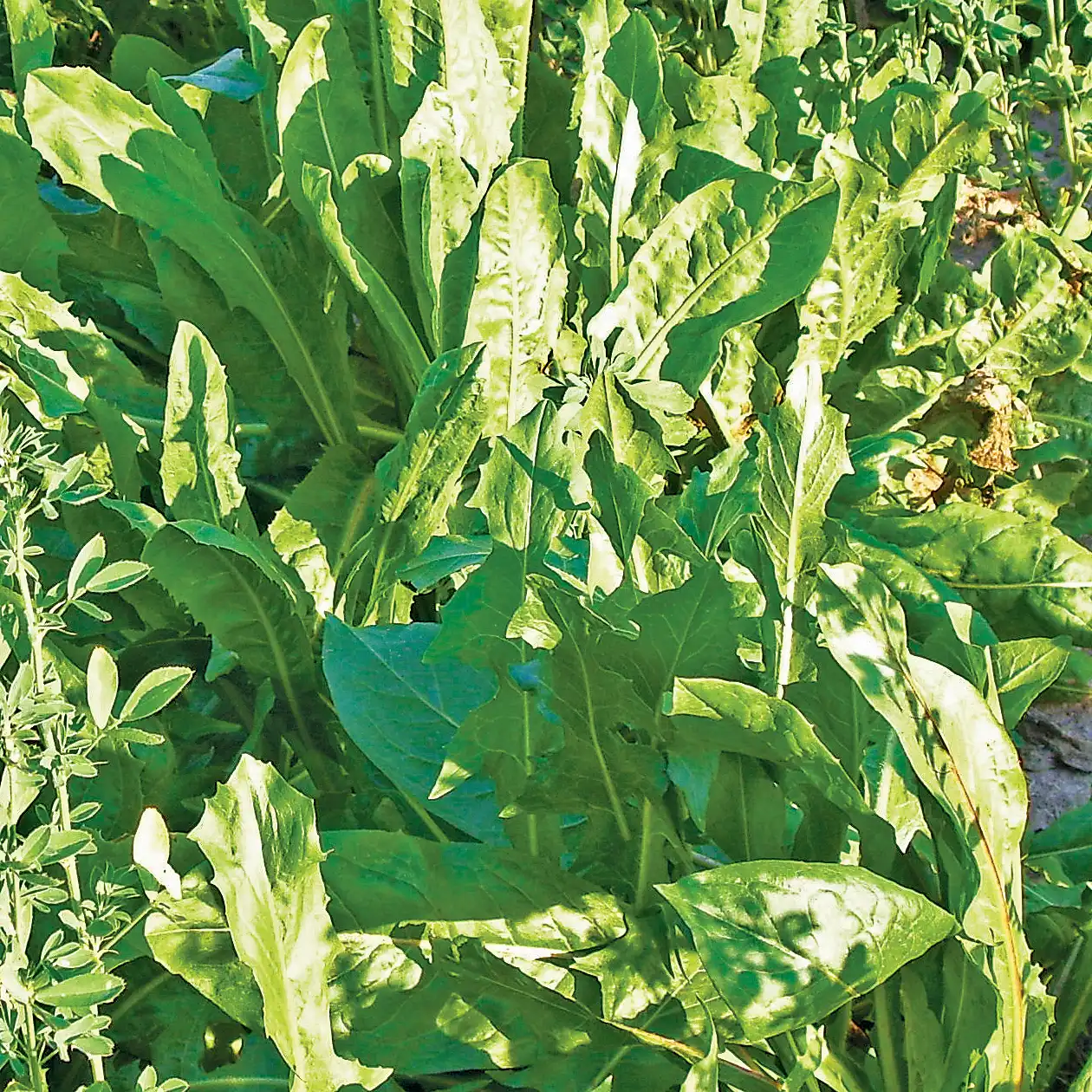Kiwi is a very palatable, late maturing, perennial herb providing extended seasonal growth, which is ideal for finishing livestock.

Scientific Name

Chicorium intybus
Sowing Rate

2 – 5 kg/ha
Blend Rate

0.5 – 2 kg/ha
Type

Short-term Perennial
Seed Size

830,000 seed per kg
Source: Pasture varieties used in NSW 2006-2007, Bev Zurbo, 2006
Key Features
Acid soil tolerant
Ideal for finishing livestock
Very high rate of summer activity
Excellent lucerne companion
Plant Characteristics
Becomes more upright when actively growing in spring and nearing flowering
Activity
Warm-season growing herb, growing actively from early spring to late autumn. Winter growth slows when frosts occur, but will continue until soil temp drops below 9˚C.
Where can I grow it?
Deep tap root enables moderate drought tolerance
Can be used as an alternative to lucerne on acidic soils in high rainfall areas
Frequently Asked Questions
Prefers deep, fertile free-draining soils. Chicory is capable of rooting depth of over 1 metre.
Good base rates of phosphorus are necessary for maximum DM production especially during the establishment phase. Chicory needs to be sown with annual legumes or regularly supplied with sufficient nitrogen to maintain quality and production.
Chicory can be sown in autumn or late winter to spring, provided plants are established sufficiently to survive the first summer. Chicory is a small seed and should be sown at 2-5 kg/ ha alone or 0.5-2 kg/ha in a mixed pasture. Seedling recruitment will only occur under favourable conditions and management.